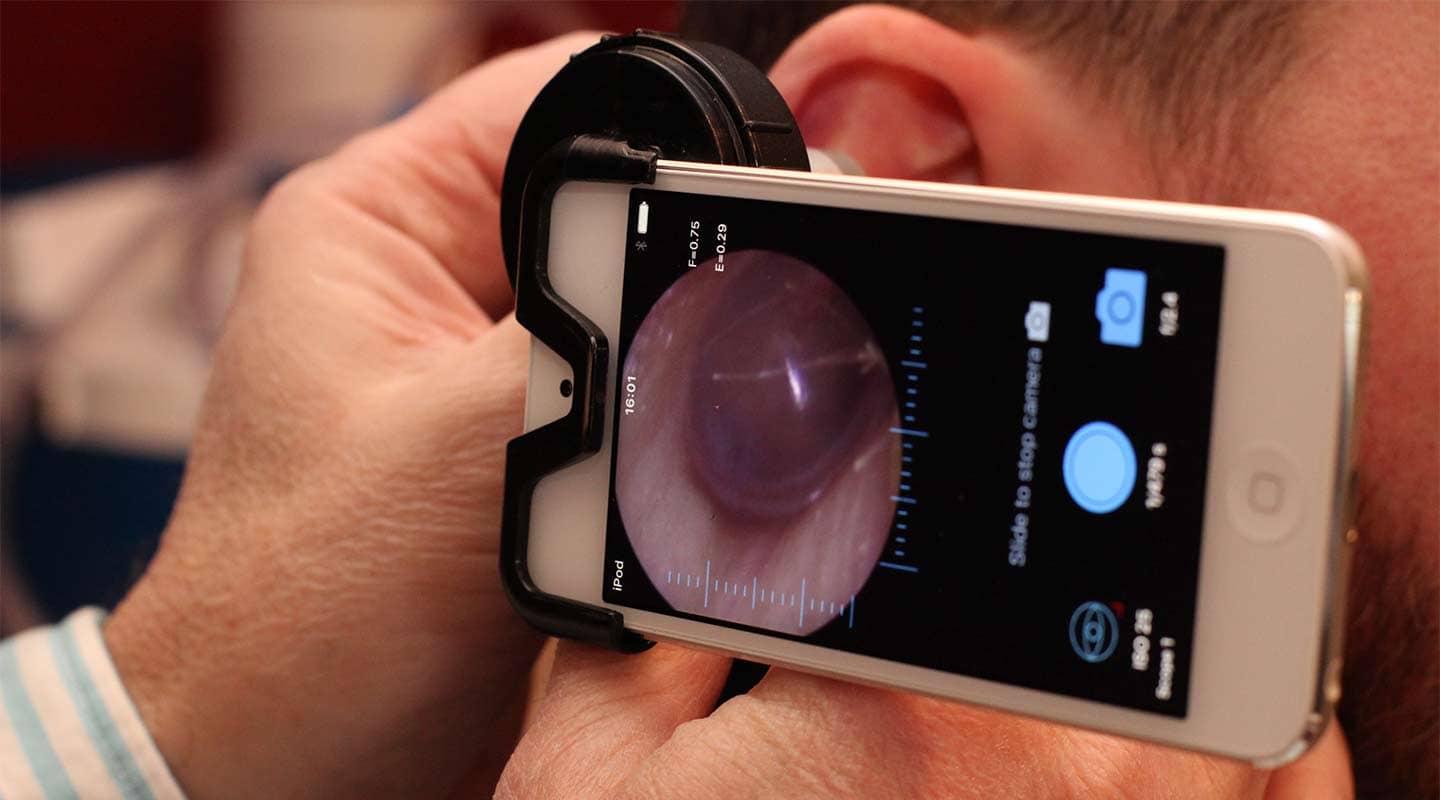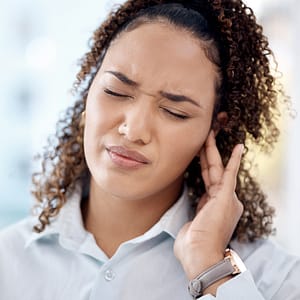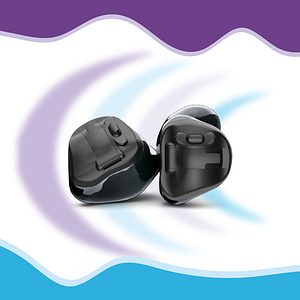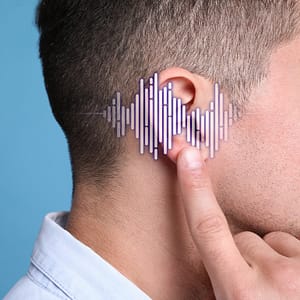“Some friends have recommended Endoscopic Microsuction to me – tell me more.”
Endoscopic Microsuction is rapidly becoming the most popular way of taking wax out of a person’s ear canal – our Audiologist/Hearing Aid Dispenser uses an iPod with a specialist attachment allowing an endoscope camera to be fitted to it. What transpires is a clear view of the actual process of wax being removed, whether our specialist uses low-pressure microsuction or manual removal methods such as using an ear hook or a Jobson Horne.
“It sounds interesting – how does Endoscopic Microsuction work?”
An endoscope (camera) is generally used to look at insides of a person’s body. Our specialist can attach this to an iPod (using “iCLEARscope®” developed by CLEARWAX). The battery inside the barrel held by our Waxbusters produces a very bright, clear light through the endoscope – giving a highly detailed view of the patient’s entire ear canal and eardrum – making it easier and safer to perform efficient wax removal.
Roger Stokes, one of our audiologists, who qualified in 1994, actually prefers using the endoscope in his daily work – as opposed to the traditional otoscope that most hearing aid dispensers use. Much more detail can be clearly viewed – particularly of the health and condition of the tympanic membranes (eardrums). Patients love watching the replays of the videos taken of the procedure being done.
Occasionally, we can stream the procedure live onto Apple TV. The patient sits in a very comfortable chair, with his/her head slightly tilted to allow easy access to the ear being cleared. As the specialist can see every detail, using the iPod, it makes it a much more efficient, safer and generally, more comfortable procedure than water irrigation.
“Does it take very long to remove the wax?”
We allow 30 minutes per appointment. If we can’t clear the wax completely in that time, then we will book a follow-up. Sometimes the wax may still be too hard, or too deep to be able to remove it in one session. The specialist may advise you to use more olive oil spray (Earol) to further soften the remaining wax before your return appointment.
We generally tend to advise patients to use Earol or Almond Oil for 3-4 days before their appointment. However, If you are aware of an infection or a perforated eardrum, we do not advise using any drops at all.
No water is syringed into the ear – it’s a dry method of removal, and therefore reduces the risk of infection or even pushing the wax further into the ear canal.
If you have a perforated eardrum, you should not have water irrigation, so Endoscopic Microsuction is an ideal procedure for you – or if you have a grommet inserted, a mastoid cavity or a cleft palate – both being other conditions where you should not be advised to have water syringing.
“How safe is Endoscopic Microsuction?”
In a clinical study¹ in 2006, Endoscopic wax removal was clinically found to be quicker, easier and more comfortable than microscopic microsuction.
Nb: no method of wax removal is risk-free. There are some risks, which we detail to our patients when they arrive for their appointment. These can be as follows: possible damage to the eardrum; a temporary or permanent loss of hearing due to the occasionally loud noise in the ear – although we give you a break if it gets too noisy and we’ll never leave it in the ear too long; possible tinnitus (although this is rare) and occasionally slight dizziness – this can be as a result of the process cooling the temperature inside the ear canal (rare and of short duration).
References
1 Potier D.D., Hall C. & Gillett S. (2006) A comparison of endoscopic and microscopic removal of wax: a randomised clinical trial. Clin. Otolaryngol. 31, 375-380



